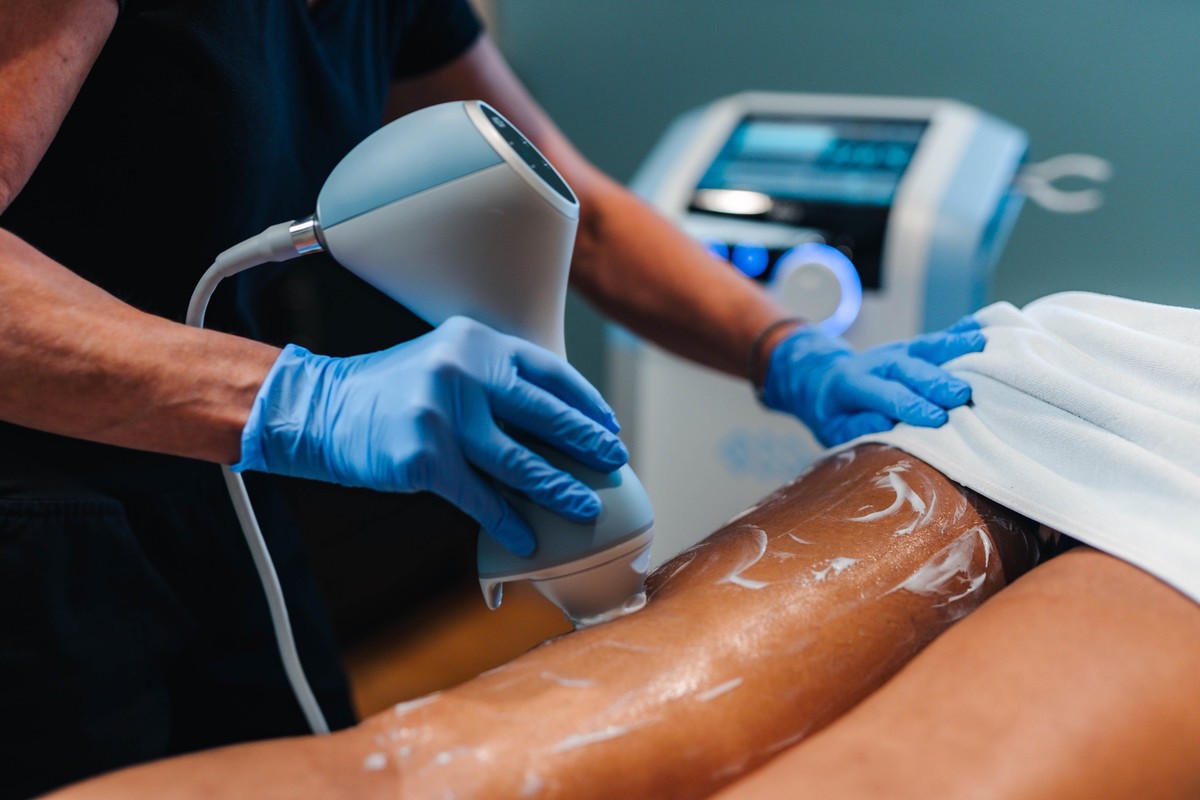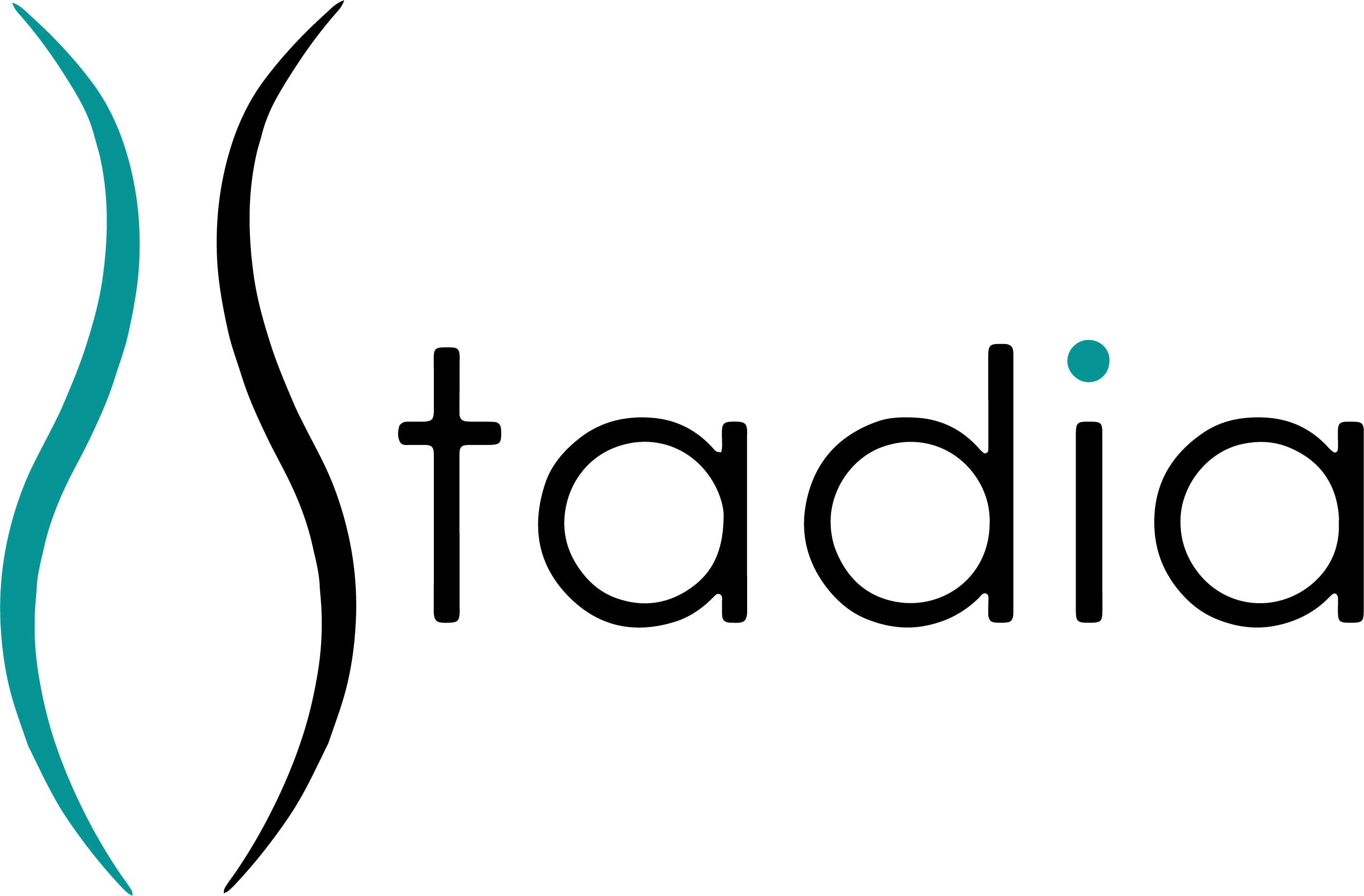The Fascia and Cellulite Connection & Why You Need Emtone
Cellulite is one of those skin issues that seems to defy logic. The dimpled uneven skin appears regardless of your weight and fitness level. And getting rid of cellulite is both frustrating and disheartening because it lingers even after you lose weight or gain muscle.
But cellulite isn’t really a mystery. First, you need to know how and why cellulite forms, and then all that’s left is finding the right tools to treat it.
The fascia and cellulite connection is essential to understand how and why cellulite forms. Fascia is a term for all of the body’s connective tissue. It’s also one of three aspects of cellulite formation, alongside skin thickness and the size/quantity of fat cells.
If you have cellulite, don’t despair! Stadia Med Spa has helped many people get rid of cellulite using the cellulite reduction treatment Emtone.
Emtone is the only cosmetic treatment on the market that targets all three aspects of cellulite formation – tight fascia, thin skin, and excess fat cells.
In this article, we will look specifically at the fascia and cellulite connection to show you why Emtone is the best option for smooth, cellulite-free skin!
What is Fascia?
Fascia is a comprehensive term that describes your body’s connective tissue. You can find connective tissues in a few different areas in the body, from those surrounding your organs to the superficial tissues directly below the skin’s surface.
Your body contains four distinct layers of fascia – superficial, deep, visceral, and parietal.
- Superficial – connects your skin to the tissues beneath it
- Deep – covers blood vessels, bones, muscles, and nerves
- Visceral – surrounds your organs
- Parietal – lines your body cavities
Fascia provides insulation and protection throughout the body. The tissue is made primarily from collagen and elastin, proteins that stretch and move as you do.
Fascia and Cellulite Connection
The fascia and cellulite connection takes place in the superficial layer of fascia.
Superficial fascia lies below your skin and first layer of protective fat. This layer of fascial plays an essential role in skin health by supplying oxygen, nutrients, and immune cells where they are needed most.
What is Healthy Fascia?
Healthy fascia flows and stretches, moves and relaxes. It protects your muscles, bones, and organs from trauma, facilitates smooth movement, and promotes healthy circulation and movement of lymph fluid.
To keep your fascia healthy, you need to take care of your body with regular movement and exercise, a healthy diet, and plenty of sleep. Your mental and emotional health also play a role in fascial health.

What is Unhealthy or Tight Fascia?
Sometimes, despite our best efforts, the fascia gets damaged or stuck.
- Unhealthy fascia is gummy and crickled. The difference between healthy and unhealthy fascia is like rubbing two pieces of silk together versus two pieces of thick sandpaper. One moves and flows easily, while the other gets caught and stuck constantly.
- Cellulite is only one result of tight fascia. You might also experience a lack of mobility, poor circulation, or chronic pain.
- Tight, unhealthy fascia has many potential causes, including a sedentary lifestyle, repetitive motions, and injury or trauma. These things can cause fascial adhesions or scar tissue that linger in the body until they are addressed.
- Unhealthy fascia is one cause of cellulite. When your superficial fascia is tight, the fibrous bands pull down on the skin’s surface.
- Combine tight fascia with thin skin and excessive fat cells, cellulite is a natural side effect.
Even though tight fascia can lead to cellulite, it is not always the primary cause. You may get cellulite as a result of hormonal imbalances, age, or an unhealthy lifestyle.
Women are more likely to develop cellulite than men because they tend to have thinner skin, a higher body fat percentage, and high levels of estrogen. Estrogen dominance can influence healthy collagen and lead to unhealthy fascia.

What is Fascia Blasting? And Does it Help with Cellulite?
You may or may not have come across the term fascia blasting in your search for cellulite reduction treatments.
When you have cellulite, fat deposits beneath the skin’s surface push up through the fascia, which makes your skin look dimpled or lumpy.
Fascia blasting breaks up any interruptions in the fascia to release the trapped fat cells and smooth out your skin.
To get rid of cellulite, you need to break up the fascial adhesions and scar tissue in your fascia. However, fascia blasting isn’t the best option. While it may address scar tissue and fat cells, it doesn’t help with the third aspect of cellulite formation – thin skin.
Fascia blasting can also damage your skin if you don’t do it properly, causing bruising and pain.

Emtone, the Alternative to Fascia Blasting for Cellulite
Unlike fascia blasting, Emtone addresses all three aspects of cellulite formation – skin thickness, the appearance of fat cells, and tight fascia.
This cosmetic treatment uses radiofrequency heat and targeted pressure energy for a synergistic effect neither technology can achieve alone.
Radiofrequency heat is a cosmetic technology that creates therapeutic heat beneath the skin’s surface. This heat promotes increased collagen production in both the skin and fascia.
Since a primary cause of cellulite formation is a lack of collagen in the skin and a build-up of collagen in the fascia, radiofrequency waves can thicken your skin and break up tight fibrous bands. Meanwhile, the targeted pressure energy creates a deep vibration to break up the fat cells and loosen fascia.
Most people need four Emtone sessions two times a week for two weeks to get their desired results. The noninvasive treatment requires little to no downtime – you can return to your routine directly after your procedure. Common treatment areas include arms, love handles, abdomen, thighs, or buttocks.
Book Your Treatment Today!
Understanding the fascia and cellulite connection is essential for effective cellulite treatment. If you struggle with uneven skin and think your fascia might be to blame, Emtone could help!
Want to learn more? Book a free consultation today and let our experienced providers help you create a customized treatment plan to meet your aesthetic goals. Or contact us to schedule a treatment today!
Call 210-881-6270 today!

